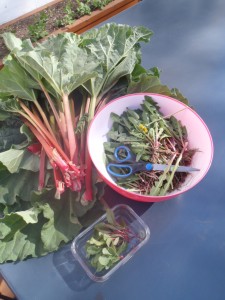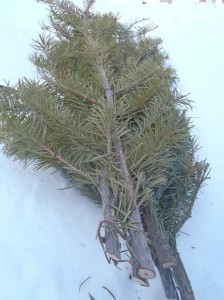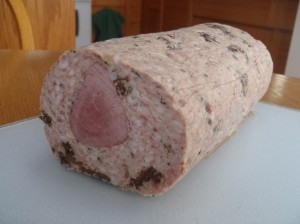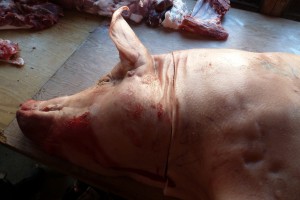Heurigen (“HOY-ree-gen,” singular heuriger) are special taverns in Austria that serve young wine or cider, depending on the region.
The word heuriger literally means something like “of the current year”. So for instance new potatoes are called heurige erdäpfel. With regards to wine it refers to wine from the last vintage, ie. wine that has not been bottled or aged. Heuriger taverns open up for a couple of weeks at a time so that guests can drink young wine and eat plates of cold food such as cheese, spreads, bread, and charcuterie. The word for these savoury accompaniments is brettljause (“BRET-tel YOW-ze”). Brett means board, as the food is usually spread out on a wooden board. Brettl, … Continue reading.



